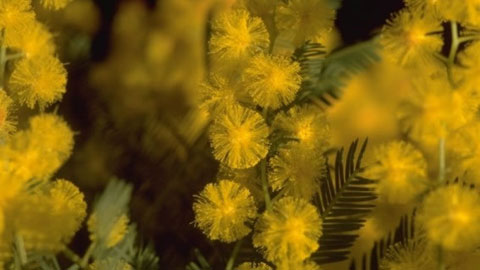Forecast of spring pollen levels
The Aerobiological Network of Catalonia (XAC), belonging to ICTA-UAB, and the Catalan Society of Allergies and Clinical Immunology (SCAIC) have prepared this year's report on the forecast of pollen levels this spring. Spring pollinations this year began later than usual, but are now at very high levels.

According to data compiled jointly by the Aerobiological Network of Catalonia (XAC) and the Catalan Society of Allergies and Clinical Immunology (SCAIC), the most abundant type of pollen in the atmosphere and which most affects patients are cypresses (23%), plane trees (10%), parietaria plants (6%), olive trees (5%), true grasses (4%) and goosefoot plants (3%).
Although allergy symptoms can appear at any time of the year, spring is when the majority of people are affected. Knowing the level of allergens in the ambient their seasonal variation, peaks in concentration and length of their pollinic station, are very useful environmental health tools in preventing and treating pollen allergies.
In Catalonia, the UAB XAC studies the diversity and levels of pollen and mould spores in nine different localities. According to the network, spring pollinations began a bit later than usual (due to a cooler winter), but now are in full force (thanks to autumn rains). When raining, the allergens lose force because the raindrops pull the pollen towards the earth. This was clearly seen with the pollen of cypresses, pine trees and plane trees, which in the past weeks have left a yellow layer of pollen on the ground. The rain and spring temperature also helped the leaves form immediately and it is possible that these pollinations will be shortened in time. The same rain which cleans the air of the pollen from trees and bushes (and the melting snow accumulated in the mountains) serves also to water herbaceous plants and spring and summer trees, and the situation can be given that as soon as spring temperatures stabilise, there will be important pollinations of parietaria plants, olive trees, true grasses, goosefoot plants and others.
All this could change if the spring presents itself with much rain and if temperatures are high, because this would make flowers blossom and pollinations develop more quickly and therefore last less.
XAC and SCAIC Report:
http://www.uab.cat/uabdivulga/img/SCAIC-XAC_Primavera 2015_informe.pdf
XAC Aerobiological Information Point:
http://lap.uab.cat/aerobiologia/